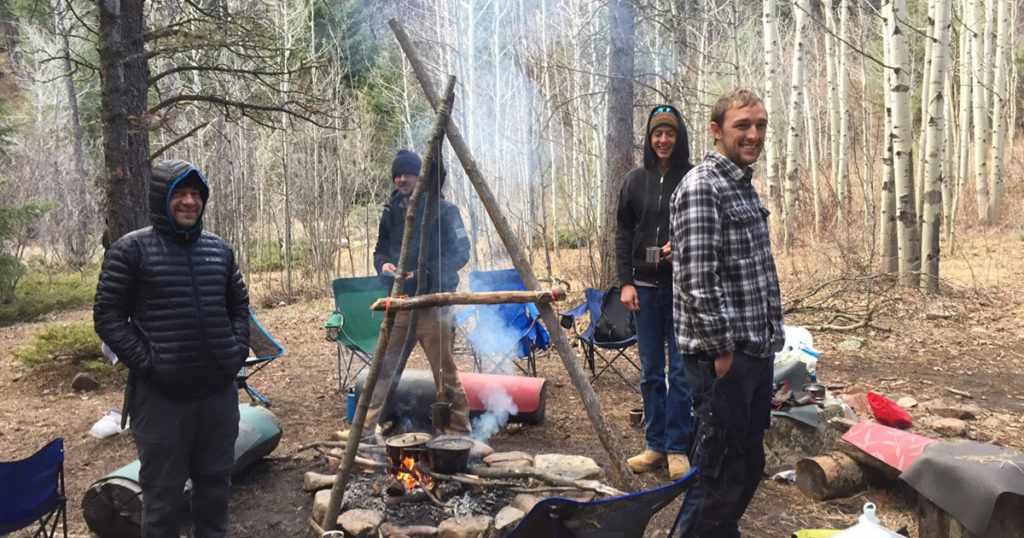
If you have ever watched a learner make all the right moves in class then fall apart in drizzle and wind, you know the real problem is not knowledge. It is order. When hands are cold and time is short, people act out of sequence. I just published a new teaching document that tackles this head-on: how to install first survival priorities so they hold under stress.
What the manual covers in plain language
The core is a seven-step priority stack that learners can speak, test, and defend. It runs from immediate safety and medical checks to mindset and base of operations, then exposure control, signaling, water security, navigation decisions, and finally food for morale. Around that stack I built a training method that uses constraint-led practice, short external-focus cues, retrieval and teach-backs, and realistic but ethical stress. You will find complete micro-drills with setup, timing, and success metrics you can track with a watch and a pencil. There are 0 to 3 rubrics that fit on wet paper, plus a four-session progression that scales from fundamentals to transfer in the field.
Why I wrote it
Over multiple seasons I tried long lectures, dense checklists, and continuous correction. They worked on sunny days and failed in drizzle. The shift came when I let constraints do the teaching and protected long stretches of deliberate silence. With a single cue before the rep and a sixty second debrief after, learners began to keep the correct order when it mattered. This manual captures those hard lessons so you can skip the years of trial and error.
You might also love: Scenario Design For Weekend Courses: Keep It Real And Safe
What you can use today
Open the document, print the cue cards and rubrics, and run one micro-drill per block. Start each session with a ninety second retrieval where students speak the stack without notes. Add mild stress only after competence shows. You will see faster decisions, tighter shelter pitches, cleaner signal layers, and fewer hygiene errors around water.
Authorship
The work is authored by Yashar Mousavand. It is written from field experience and designed for outdoor educators, bushcraft instructors, and forest-school leaders who want less theory and more transfer.
Read the full article
Read the complete article on Academia and put the methods to work this week. Click Here


Write a comment ...